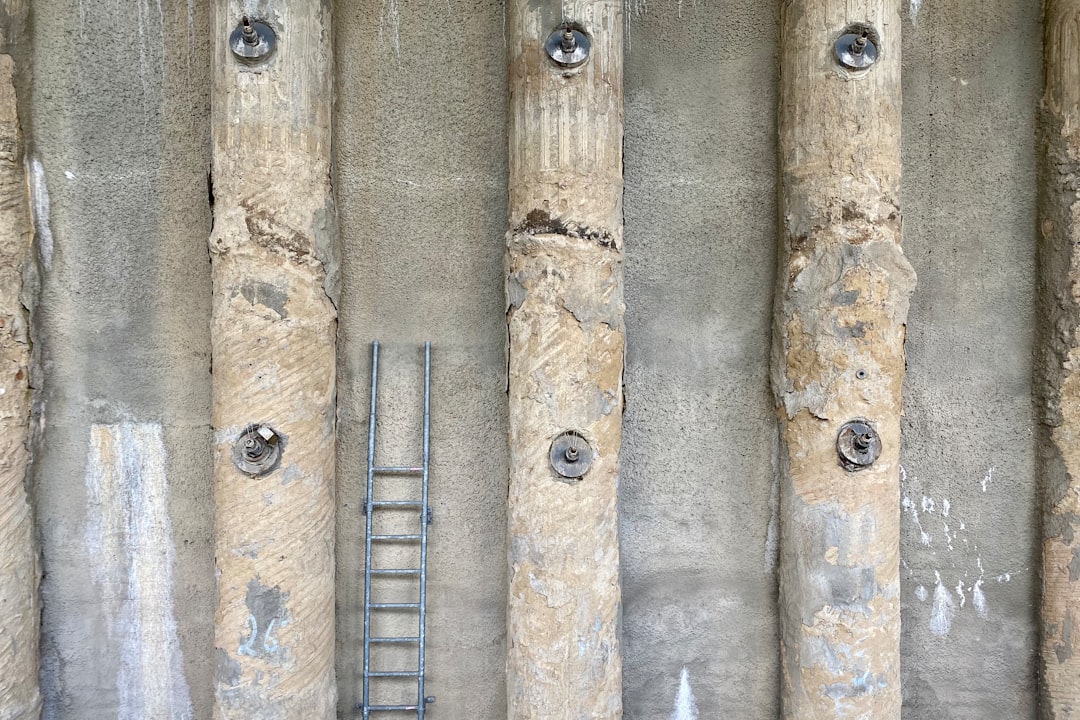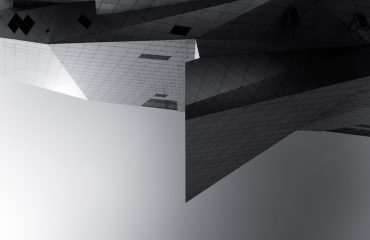body {
font-family: sans-serif;
line-height: 1.6;
}
h1, h2, h3 {
color: #333;
}
h1 {
font-size: 2.5em;
}
h2 {
font-size: 2em;
}
h3 {
font-size: 1.5em;
}
Epoxy-coated pipes offer superior corrosion resistance and extended lifespan compared to their uncoated counterparts. Understanding the factors that influence their longevity is crucial for effective infrastructure planning and maintenance. This comprehensive guide delves into the life expectancy of epoxy-coated pipes, providing valuable insights for engineers, contractors, and property owners.
Factors Affecting the Life Expectancy of Epoxy-Coated Pipes
The lifespan of epoxy-coated pipes isn’t a fixed number; it’s highly dependent on several interacting factors. These include:
- Pipe Material: The underlying pipe material (e.g., steel, cast iron) significantly impacts the overall system’s durability. Steel pipes, while strong, are susceptible to corrosion without proper coating. Cast iron, while inherently more resistant, can still benefit from epoxy coating to extend its life.
- Epoxy Coating Quality: The quality of the epoxy coating itself is paramount. A well-applied, thick, and properly cured epoxy coating offers superior protection against corrosion and environmental damage. Poorly applied or thin coatings are more vulnerable to cracking and degradation.
- Environmental Conditions: Exposure to harsh chemicals, extreme temperatures, UV radiation, and soil conditions can all affect the longevity of the epoxy coating. Pipes buried in highly acidic soil will degrade faster than those in neutral soil.
- Installation Practices: Proper installation is critical. Damage during handling, transportation, or installation can compromise the epoxy coating, creating entry points for corrosion. Improper trenching and backfilling can also lead to premature failure.
- Internal Pressure and Flow Rate: High internal pressure and rapid flow rates can put stress on the pipe and the epoxy coating, potentially leading to cracking or delamination.
Typical Lifespan and Expected Service Life
While a definitive lifespan is difficult to pinpoint, epoxy-coated pipes, when properly installed and maintained, can boast a significantly longer service life compared to uncoated pipes. Estimates often range from 50 to 100 years, or even longer, depending on the factors discussed above. However, it’s essential to conduct regular inspections and maintenance to ensure the continued integrity of the coating and the underlying pipe.
Maintenance and Inspection Strategies for Extended Lifespan
Proactive maintenance is key to maximizing the lifespan of epoxy-coated pipes. This includes:
- Regular Inspections: Visual inspections should be conducted periodically to check for signs of damage, such as cracks, blisters, or corrosion. More thorough inspections, potentially involving non-destructive testing methods, might be necessary depending on the application and risk assessment.
- Cathodic Protection: For buried steel pipes, cathodic protection can be implemented to further mitigate corrosion. This involves applying an electrical current to prevent the pipe from acting as an anode in an electrochemical cell.
- Leak Detection and Repair: Prompt leak detection and repair are vital to prevent further damage and extend the pipe’s lifespan. Leaks can weaken the pipe structure and allow corrosive agents to penetrate the epoxy coating.
- Coating Repair: Minor damage to the epoxy coating can often be repaired using specialized epoxy repair kits. However, significant damage may require more extensive repairs or even pipe replacement.
Common Issues and Potential Failures
Despite their durability, epoxy-coated pipes can experience certain issues that can shorten their lifespan. These include:
- Coating Degradation: Exposure to UV radiation, chemicals, or physical damage can lead to the degradation of the epoxy coating, making the underlying pipe vulnerable to corrosion.
- Cracking and Delamination: Stress from internal pressure, soil movement, or thermal expansion can cause cracks or delamination of the epoxy coating.
- Corrosion Under Coating (CUC): This occurs when corrosion starts beneath the epoxy coating, often due to imperfections or damage in the coating itself. CUC can be difficult to detect and can lead to significant pipe degradation.
- Blistering and Void Formation: Improper application or inadequate curing of the epoxy coating can result in blistering and void formation, reducing the coating’s protective properties.
Choosing the Right Epoxy Coating for Your Project
The selection of the appropriate epoxy coating is crucial for ensuring a long service life. Factors to consider include the pipe material, the environmental conditions, the internal fluid being transported, and the anticipated lifespan requirements. Consulting with experienced engineers and coating specialists is highly recommended to select the most suitable epoxy coating for your specific application.
By understanding the factors influencing the lifespan of epoxy-coated pipes and implementing appropriate maintenance strategies, you can significantly extend their service life and optimize the cost-effectiveness of your infrastructure investments.
Tags: epoxy coated pipes, pipe lifespan, corrosion resistance, pipe maintenance, epoxy coating, pipe repair, infrastructure, pipe inspection, cathodic protection




